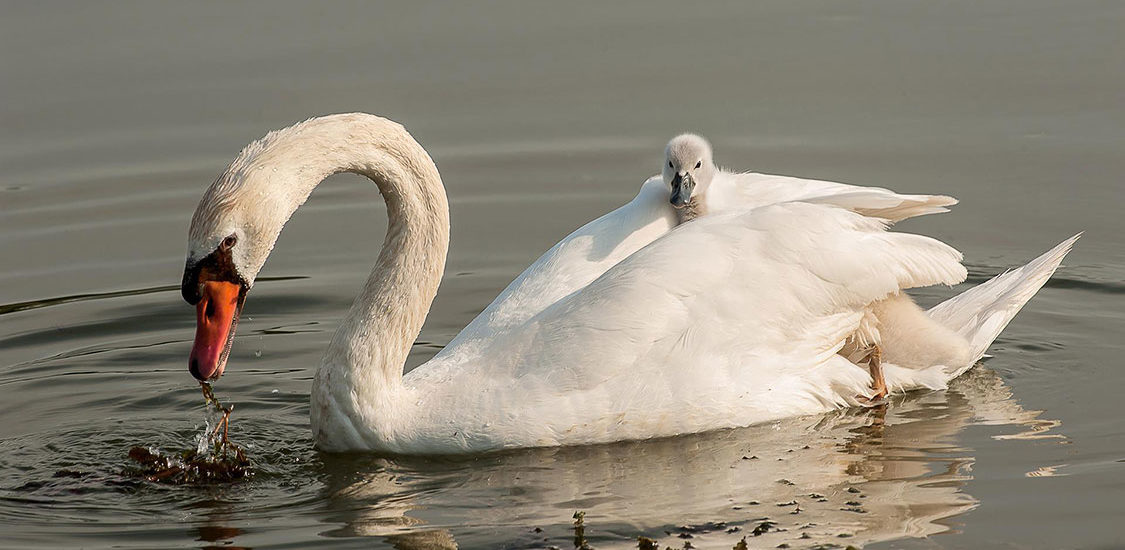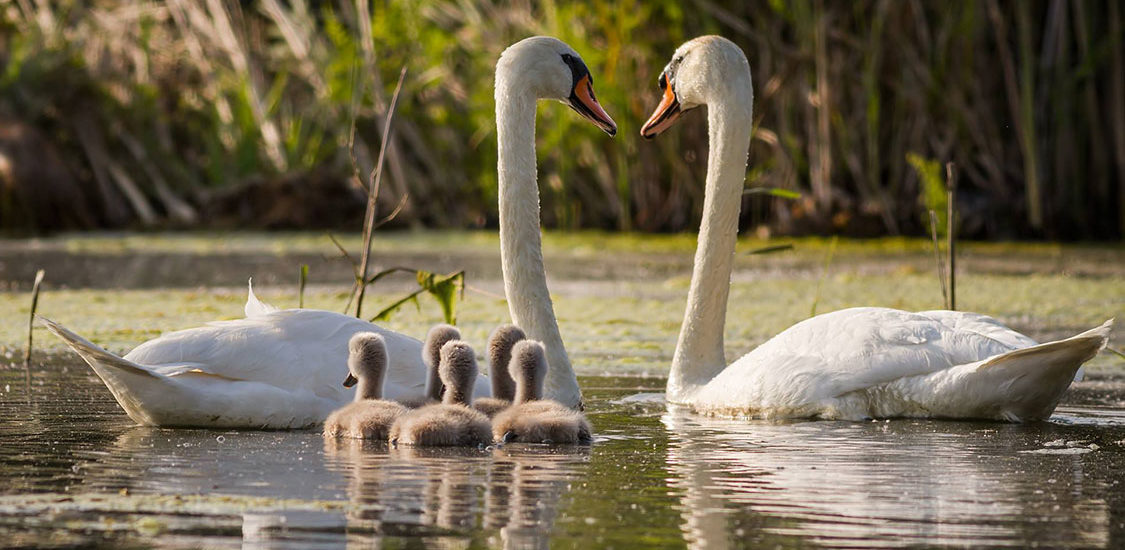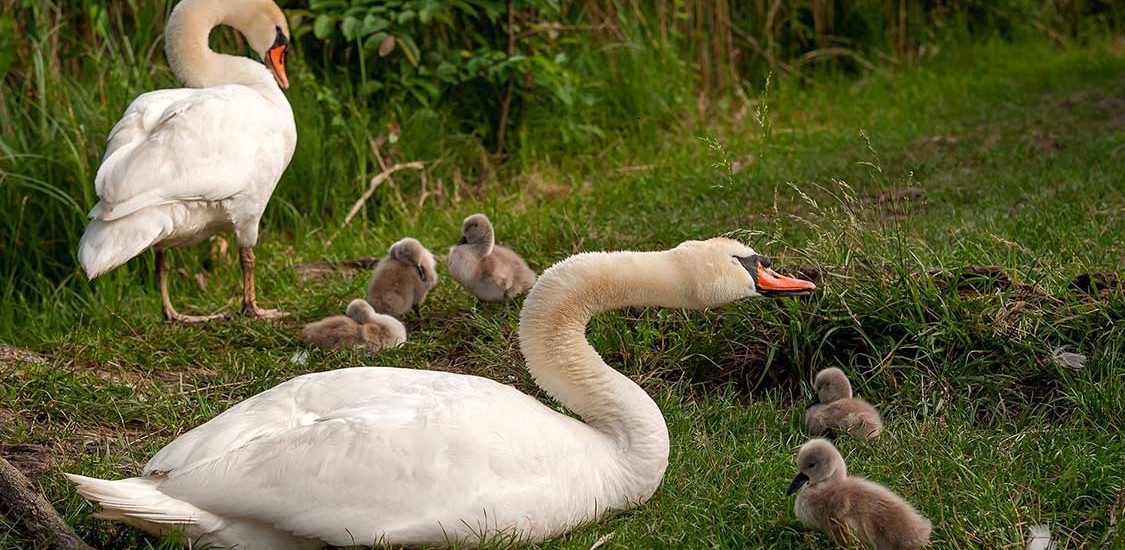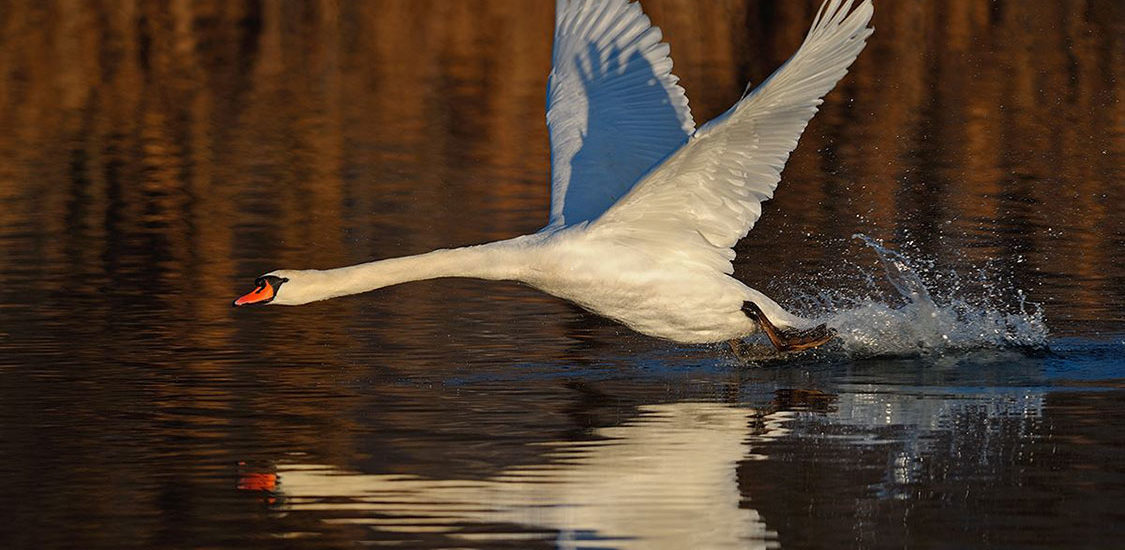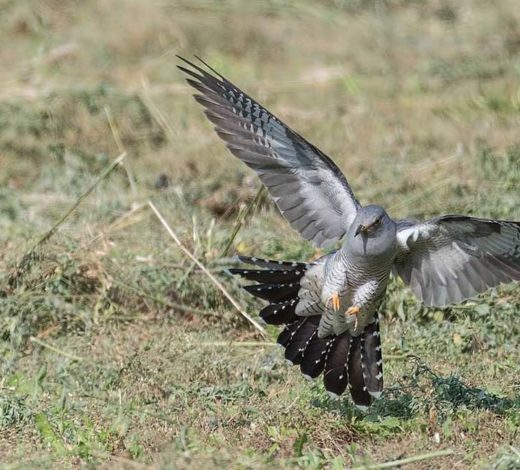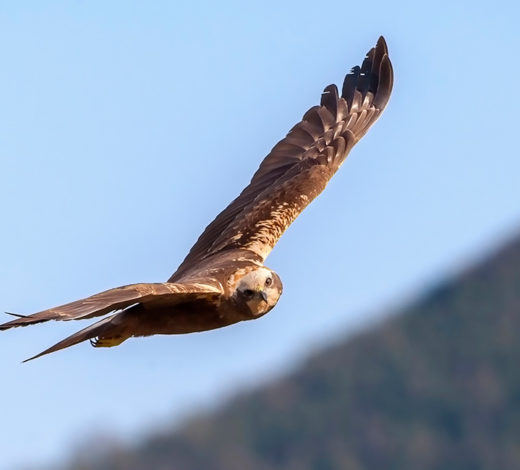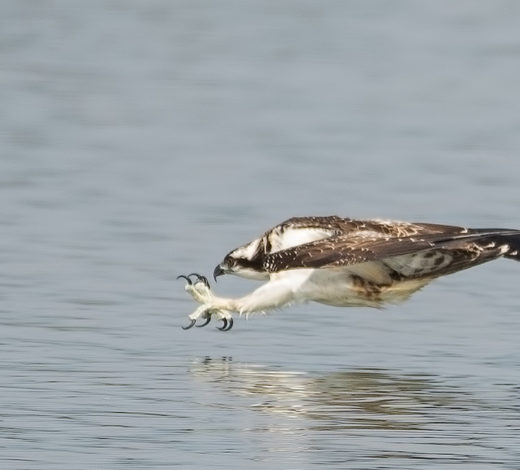Mute Swan
(Cygnus olor)
Everyone is familiar with this large, snow-white bird, which has now practically become a pet even in Italy, given its confidence with people, which usually give it bread to eat. This is very harmful, though, because it can seriously damage the health of all birds.
Description
Males can be distinguished from females by a fleshy black knob just above the beak. The young are grey in colour and become whiter as they grow. Chicks, often carried on their parents’ backs, are a very pretty pearl grey colour. Wingspan: up to 238 cm. Length: up to 150 cm.
Habitat
They are widespread in Europe and present in both Lake Iseo and Lake Garda. The species is well adapted to our lakes and builds its nests in the rushes, but it is also content with plant-filled banks and shores, even near tourist areas.
Observation in the Torbiera Reserve
This elegant bird can be seen year round, although it has become rarer over time: Since 1991, only one pair has nested in the ‘Lame’ in the Reserve (Mazzotti & Mazzotti 1992). When visiting the Reserve, you may be lucky to see it taking off or landing on the water, challenging the laws of physics given its size. Seeing a mute swan in flight is always an exciting spectacle. When it flies overhead, pay attention to the noise made by its two powerful wings.
